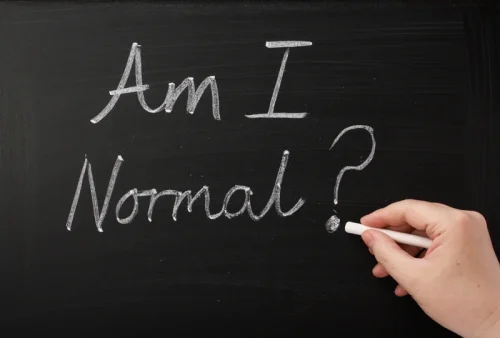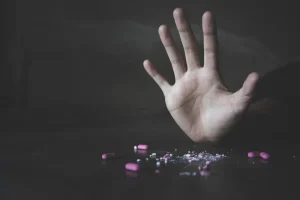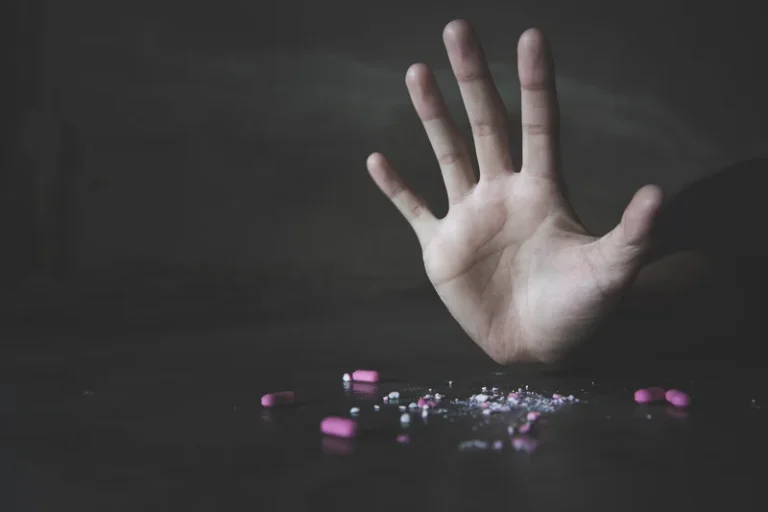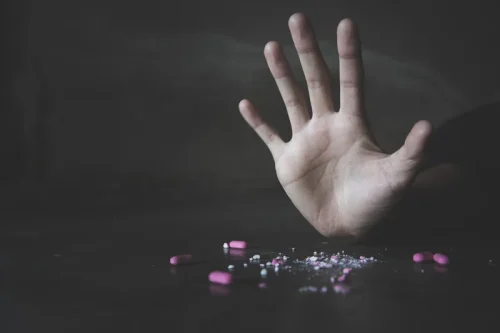
Alcohol addiction and alcohol abuse do not directly cause rhinophyma. Yet chronic alcohol abuse can worsen the condition (rosacea), which leads to drinker’s nose when left untreated. In many cases, “alcoholic nose” is used to describe the alcoholism symptoms most severe, end-stage form of rosacea, known as rhinophyma. Rhinophyma causes the nose to become even more disfigured due to the progressive dilation of the nasal vessels as well as the involvement of cysts and pustules. However, rosacea and rhinophyma can affect more of an individual’s skin. The long-term skin condition can change an individual’s physical appearance and increase the person’s risk of developing depression and anxiety as a result.
Levels of Care

Rhinophyma is typically diagnosed based on a physical examination by your local medical doctor or dermatologist. However, a skin biopsy may sometimes be necessary to rule out other conditions. For some individuals with alcohol addiction, it can be more effective to enroll in a treatment program outside of their local community. This way, they are not bombarded with social pressures and stigma close to home. People who may benefit from alcohol treatment programs may be deterred from taking initial steps in seeking treatment. They may be afraid they will feel shamed by other people’s judgments of alcohol abuse.
Can you feel rhinophyma?
- A flare-up of rosacea symptoms can be triggered by the consumption of many different foods and drinks, including alcohol.
- While several of these terms are related to drinking alcohol, the reality is that alcohol abuse is not considered a cause of rhinophyma.
- It was formerly believed that outsized alcohol use was the reason for Rhinophyma.
- If you have rosacea and struggle with alcohol use, you might be putting yourself at risk of experiencing more severe side effects of rosacea.
In many does drinking alcohol make your nose bigger cases, rhinophyma is not linked to alcohol use, and assuming otherwise does a disservice to those affected. With the development of rhinophyma, the nose appears red, large, and bumpy. These changes often appear on the lower portion or tip of the nose. This is because this condition doesn’t impact the bone structure of the nose, just the skin. At the same time, it’s worth noting that these factors don’t mean you’ll have rosacea. Additionally, having rosacea doesn’t mean you’ll develop rhinophyma.
- Rhinophyma — also sometimes referred to as “alcoholic nose” — is a physical condition that many people assume is caused by alcohol use disorder (alcoholism).
- Additionally, chronic alcoholism can lead to dehydration, which can also cause the nose to appear swollen.
- W.C. Fields was a popular U.S. comedian who appeared on stage and in several movies in the first half of the twentieth century.
- According to a survey of patients suffering from this skin condition, red wine is more likely to trigger flare-ups or worsen rosacea than other drinks.
How do you shrink rhinophyma?
Unfortunately, there isn’t much scientific evidence to support this claim. However, there are a few theories as to why alcohol might cause noses to appear bigger. Currently, no single thing has been shown as the direct cause of rhinophyma.

Need Professional Help with Addiction
While alcohol can make rosacea worse, it is not the main cause of rhinophyma. When the body is dehydrated, skin and vital organs try to hold onto as much water as possible, leading to puffiness in the face and elsewhere. Alcohol can have a dehydrating effect on the skin, potentially leading to loss of elasticity and contributing to facial sagging over time.
- People who may benefit from alcohol treatment programs may be deterred from taking initial steps in seeking treatment.
- To give yourself the best chance of recovering and achieving long-term sobriety, consider seeking professional addiction treatment.
Is There a Cure for Alcoholism?
- 🤔 In this insightful article, we dive deep into the world of the “Alcoholic Nose,” exploring its origins, defining characteristics, and dispelling common myths.
- Withdrawal symptoms include sweating, shaking, nausea, and anxiety.
- Alcohol consumption is known to adversely impact health in numerous ways.
- Alcohol use disorder and skin conditions like rosacea are connected because of the potential for alcohol to worsen existing skin conditions.
- There are many effective treatments for alcohol addiction, and Zinnia Health can give you the support you need to overcome your addiction and start living a healthier life.
Check out our blog posts and resource links for the latest information on substance abuse. Some websites have been circulating a rumor that applying toothpaste can make your nose smaller. Again, the shape of your nose is primarily determined by the shape of your bone and cartilage. Your overall nasal shape is formed by age 10, and your nose continues to grow slowly until about age 15 to 17 in women and about age 17 to 19 in men, says Rohrich.

Some people might be prescribed a low dose course of isotretinoin (Accutane) to help shrink enlarged oil glands that might also be contributing to skin thickening and symptoms. Topical retinoids might also be recommended for anyone who catches the condition in its early stages. These procedures help reshape the nose while avoiding disruption of the cartilage tissue and causing minimal scarring. In some cases, cryosurgery—the use of extreme cold to remove damaged tissue—may be considered. In some cases, infections arise due to the entrapment of bacteria in the inflamed skin.
Surgical Treatments

The Society does not evaluate, endorse or recommend any particular medications, products, equipment or treatments. Rosacea may vary substantially from one patient to another, and treatment must be tailored by a physician for each individual case. It relaxes the muscles in your body including the tissue in your throat, mouth and nose, which can stop air flowing smoothly and is more likely to vibrate, causing you to snore. If you are drinking alcohol, try to avoid it too close to bedtime.
What does early stages of rhinophyma look like?
For some people, the skin of their nose may become red, thick, and swollen. A drinker’s nose is characterized by red, bumpy, or a swollen appearance usually directly on the nose or around the cheeks. In some cases, people can even seem to have a purple nose from alcohol use. A combination of medication and lifestyle changes can help manage the rosacea that leads to rhinophyma.
